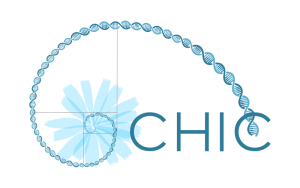Plant breeding techniques in a new era
Scientists of Wageningen University & Research have published a concise booklet that gives some new insights into several aspects of plant breeding techniques such as CRISPR-Cas: ‘Plant breeding techniques in a new era’.
In recent years a range of New Plant Breeding Techniques (NPBTs) has been developed that can assist breeders in a more efficient and precise adjustment of the genetic constitution of crops. These techniques include genome editing techniques, which have made tremendous progress since the introduction of CRISPR-Cas in 2012. These new techniques will support plant breeders in improving important crop traits that always have been difficult to improve via cross breeding.
Worldwide, agriculture is facing serious sustainability issues which need to be addressed through an integrated approach that covers the entire production chain. Plant breeders and plant breeding companies are at the base of that chain. Plant breeders will need to develop new varieties in a shorter period of time to keep up with changes in climatic conditions, soil quality and pathogen & pest pressures, increasing food demand, and the evolving preferences of consumers.
Plant breeders are eager to apply new plant breeding techniques. Society wants to know more about the techniques. That is why scientists of Wageningen University & Research have made a booklet giving a brief overview of recent developments in plant breeding techniques. In this booklet the scientists describe examples of techniques and of desirable crop traits that may be improved using genome editing. They also discuss societal, legal and economic aspects of new plant breeding techniques.

 This project has received funding from the EU Horizon 2020 research & innovation programme under grant agreement N. 760891.
This project has received funding from the EU Horizon 2020 research & innovation programme under grant agreement N. 760891.